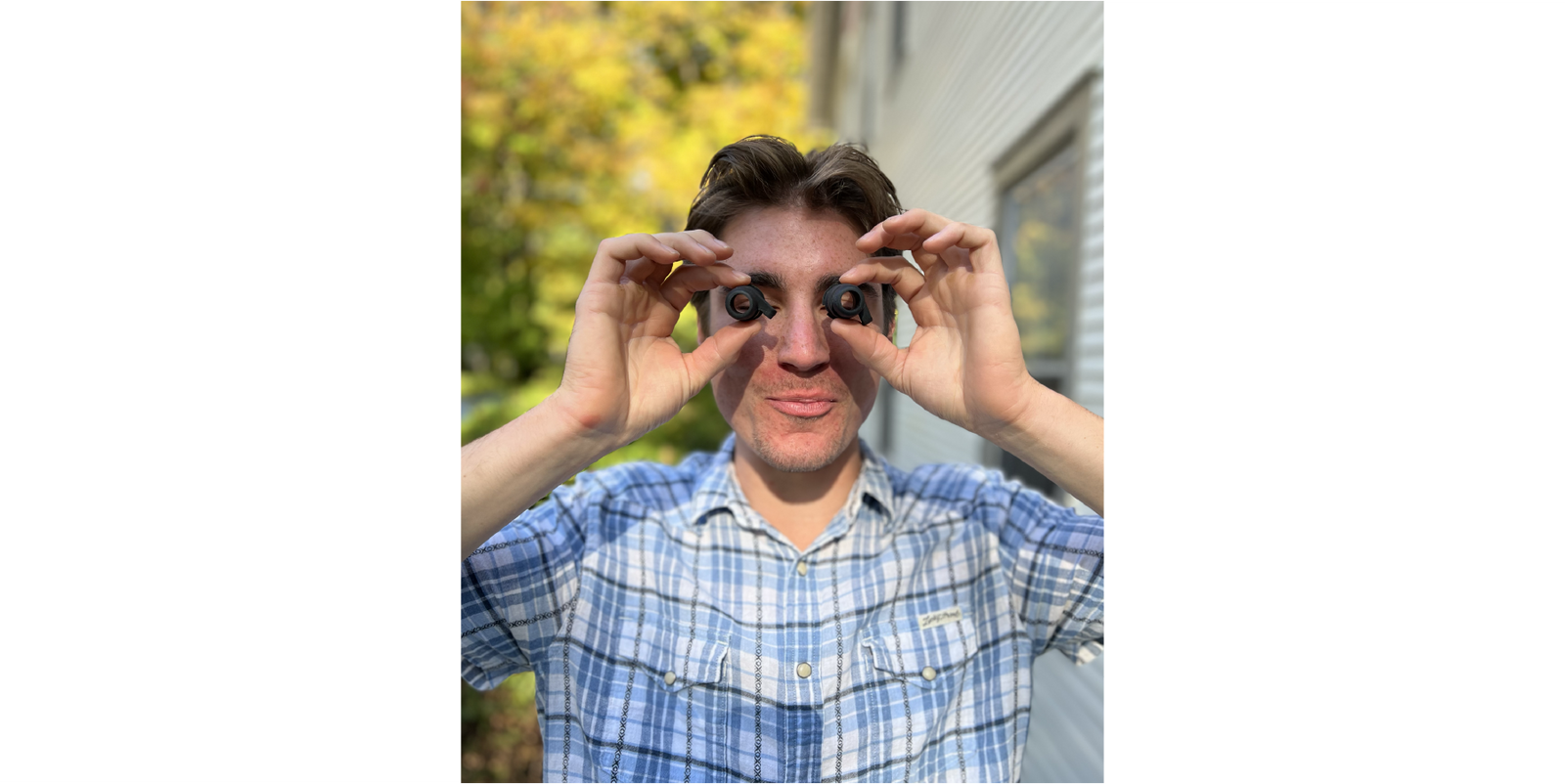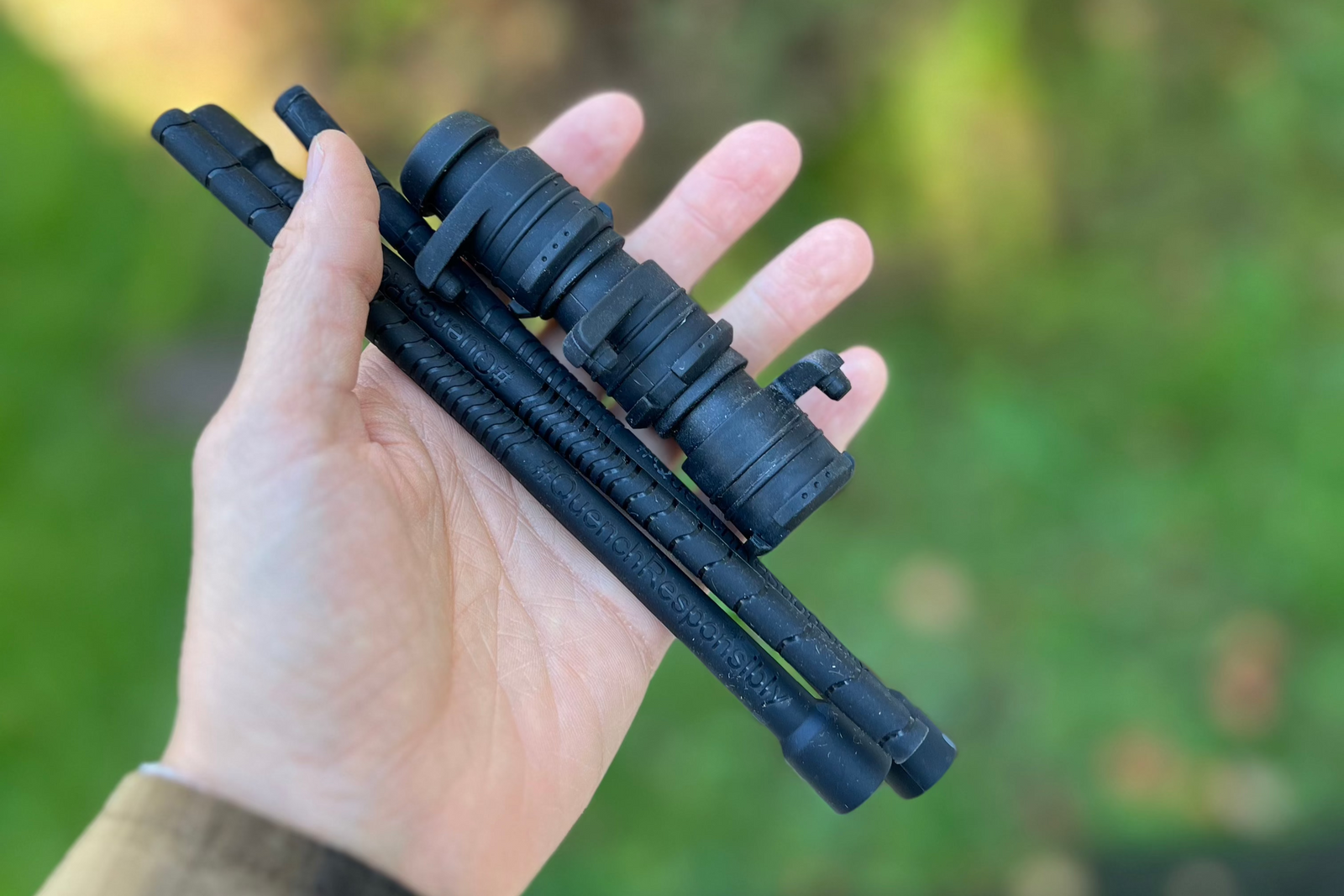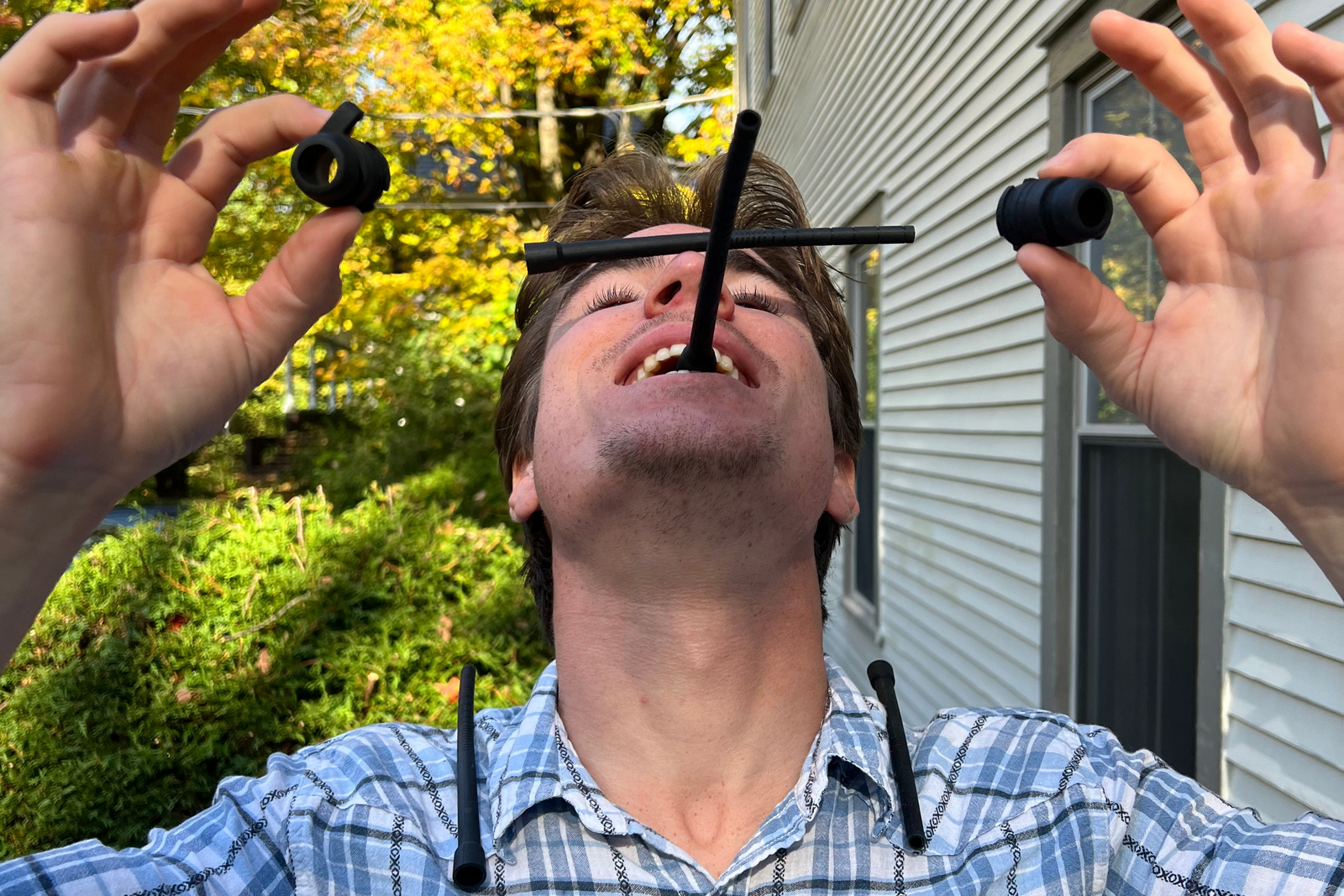October 10th, 2024 | by Keaton Smith
I’ll be the first to admit that a story about government compliance is not exactly “fun.”
But, while everyone at Bivo likes to have fun, we also are a group of people who care profoundly about the health of ourselves, all of you, and the planet. At our core, we want to build a better bottle that lasts longer, and is safer, healthier, and more enjoyable to drink out of while exercising.
So, when we were developing the bottles, material selection and government standards for these materials were at top of mind. We wanted to select the highest quality and safest materials we could, beyond the baseline of what was required.
I’ll be the first to admit that a story about government compliance is not exactly “fun.”
But, while everyone at Bivo likes to have fun, we also are a group of people who care profoundly about the health of ourselves, all of you, and the planet. At our core, we want to build a better bottle that lasts longer, and is safer, healthier, and more enjoyable to drink out of while exercising.
So, when we were developing the bottles, material selection and government standards for these materials were at top of mind. We wanted to select the highest quality and safest materials we could, beyond the baseline of what was required.
When designing the bottle, we knew the base of the bottle should be stainless steel, but the material for the other components wasn’t as obvious. Most other cycling bottles have a plastic nozzle, but we didn’t want to use this for many reasons. We knew that plastic starts leaching chemicals most when scratched, and teeth would scratch the nozzle.
Most other water bottles use plastic for their straws, which, as a metal bottle company, just seemed so counterintuitive to us. Unlike other bottles, our straw isn’t for sucking water, rather, it is one of the biggest contributors to Bivo’s effortless gravity flow system. We toyed around with a metal straw, but it rattled too much in the bottle and it was a pain to remove and clean.
In the end, we opted for silicone rather than plastic for the nozzle and straw. Made from quartz sand, and a mix of other elements, silicone is an inert material that isn’t plastic that’s known for its durability, limited odor transfer, and food safety. Plus, we found silicone simply worked best when we were testing the bottles!
When designing the bottle, we knew the base of the bottle should be stainless steel, but the material for the other components wasn’t as obvious. Most other cycling bottles have a plastic nozzle, but we didn’t want to use this for many reasons. We knew that plastic starts leaching chemicals most when scratched, and teeth would scratch the nozzle.
Most other water bottles use plastic for their straws, which, as a metal bottle company, just seemed so counterintuitive to us. Unlike other bottles, our straw isn’t for sucking water, rather, it is one of the biggest contributors to Bivo’s effortless gravity flow system. We toyed around with a metal straw, but it rattled too much in the bottle and it was a pain to remove and clean.
In the end, we opted for silicone rather than plastic for the nozzle and straw. Made from quartz sand, and a mix of other elements, silicone is an inert material that isn’t plastic that’s known for its durability, limited odor transfer, and food safety. Plus, we found silicone simply worked best when we were testing the bottles!
The quality of silicone varies, depending on what testing standards it meets.
In the US, the FDA requires that silicone products meet certain standards in order to be considered safe for human use. These standards are not as high as those in Europe, resulting in slightly lower quality silicone by comparison.
In Germany and France, silicone products must pass more intensive testing than in the US, which results in better quality silicone. These testing standards are known as LFGB (which, when unabbreviated, translates to ‘Foods, Consumer Goods and Feedstuffs Code).
The quality of silicone varies, depending on what testing standards it meets.
In the US, the FDA requires that silicone products meet certain standards in order to be considered safe for human use. These standards are not as high as those in Europe, resulting in slightly lower quality silicone by comparison.
In Germany and France, silicone products must pass more intensive testing than in the US, which results in better quality silicone. These testing standards are known as LFGB (which, when unabbreviated, translates to ‘Foods, Consumer Goods and Feedstuffs Code).
Bivo holds itself to European standards, and all silicone components in Bivo bottles meet the higher-quality LFBG standards.
This means our silicone components are more durable, have less odor transfer and a pure taste. Better tasting water for all of you!
We care deeply about making a high quality product that’s durable and safe for our customers, and we’re proud to deliver a product that exceeds the common testing standards required in the US.
Do you have any other questions about materials in Bivo bottles? Let us know in the comments!
Bivo holds itself to European standards, and all silicone components in Bivo bottles meet the higher-quality LFBG standards.
This means our silicone components are more durable, have less odor transfer and a pure taste. Better tasting water for all of you!
We care deeply about making a high quality product that’s durable and safe for our customers, and we’re proud to deliver a product that exceeds the common testing standards required in the US.
Do you have any other questions about materials in Bivo bottles? Let us know in the comments!
The team reflects on some of our favorite moments from the past year. Some big, some small, all of which we couldn't have done without you, so thank you! Cheers to the new year :)
For Quench'd this week, professional cyclist Kiara Lylyk doesn't hold back when sharing stories from her time in the Tour de Femmes this past year. Racing at this level is unimaginably hard and Kiara shares with us just how hard it is. Her story is inspiring and had us on the edge of our seats.
At this office, we love nordic skiing and have been eagerly waiting for each race. We asked each of our nordic athletes to tell us a bit about how their season is going and to share some pictures of their experiences abroad racing for the US! Read what they had to say.



